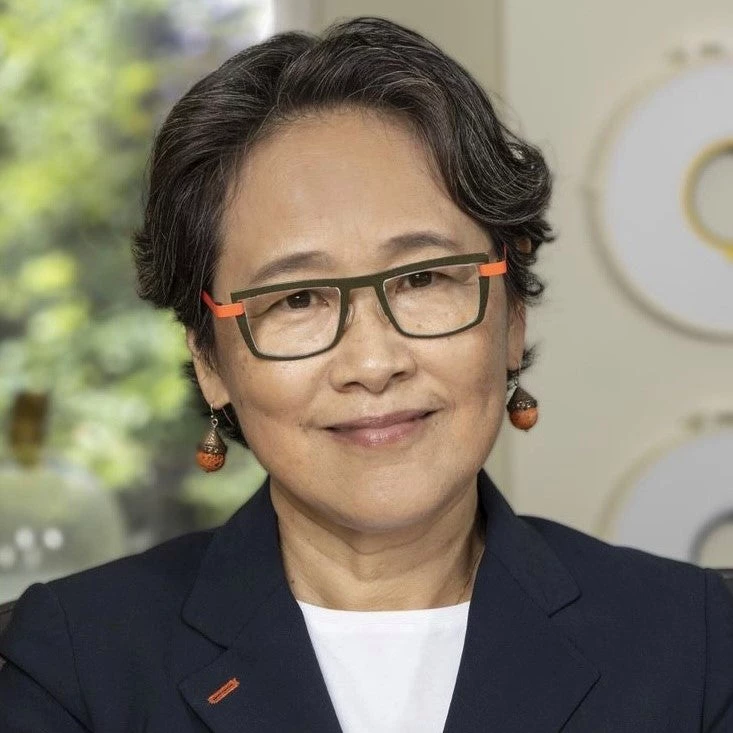New results from the ICP including purchasing power parities (PPP), price level indexes and PPP-based expenditures for reference year 2017 are now available at icp.worldbank.org. This blog series covers all aspects of the ICP and explores the use made of these data by researchers, policymakers, economists, data scientists and others. We encourage users to share their data applications and findings in this blog series via icp@worldank.org.
As countries around the world struggle with the loss of life and livelihoods wrought by the COVID-19 (coronavirus) pandemic, data and evidence have never been more important. Given the immense and long-term costs to our global economy as a result of this pandemic, accurate and timely economic measurement will be essential to global recovery.
Today’s release of new economic indicators from the International Comparison Program (ICP) is a crucial step in the right direction. The new report, Purchasing Power Parities and the Size of World Economies: Results from the 2017 International Comparison Program, offers an analysis of the global economy prior to the emergence of COVID-19. The report, and the data and indicators underlying it, will serve as a baseline from which we can measure and understand the consequences of the pandemic on communities around the world.
The ICP is one of the world’s largest statistical programs. Convened under the auspices of the United Nations Statistical Commission, its implementation is led by the ICP Global Office at the World Bank, in close partnership with multilateral agencies and regional development banks across the world. The ICP 2017 comparison covered 176 economies, producing purchasing power parities (PPPs) for 2017, along with estimates of PPP-based gross domestic product (GDP) and its major expenditure components in aggregate and per capita terms. PPPs control for price level differences across economies and, when converting national economic measures like GDP into a common currency, PPPs provide a better measure of what local currencies can buy than market exchange rates conversions.
This latest ICP report includes in-depth economic analysis, summary data and visualizations, and details of the concepts and methodology underlying the program. It also provides information on the uses and applications of ICP data, as well as on the program’s history and governance. Estimates of annual PPPs for the years 2012 to 2016 were also released, along with revised results for 2011. Comprehensive results are available through the World Bank's Databank and through the ICP website.
Here are some findings from the new data for reference year 2017:
- In 2017, the size of the world economy was nearly $120 trillion as measured by PPPs, compared to nearly $80 trillion as measured by market exchange rates. The two largest economies in the world in 2017 were China and the United States, each of whom recorded a PPP-based GDP of just under $20 trillion. Together, they accounted for a third of the global economy.
- High-income economies accounted for nearly half of PPP-based global GDP in 2017 while upper-middle-income economies produced just over a third. Lower-middle- and low-income economies accounted for 16% and 1% of the global total respectively.
- The two largest regional economies were East Asia and Pacific at 31% and Europe and Central Asia at 26% of global output in 2017. North America was the third largest regional economy at 18% of the global total. Regions here comprise all assigned economies regardless of their income level.
- Around three quarters of the global population lived in economies where the average GDP per capita in 2017 was less than the global mean for that year of $16.6K. Luxembourg had the highest GDP per capita at $112.7K. Qatar and Singapore followed, both recording a GDP per capita of more than $90K.
- At the same time three quarters of people lived in economies where consumption per capita was below the $10.9K global average in 2017. The United States had the highest consumption level at $44.6K per capita.
- When comparing price levels, Bermuda was the most expensive economy in 2017, followed by Iceland, Norway, and Switzerland. The cheapest economy was Egypt, followed by Ukraine, Sudan, and Kyrgyzstan.
- The United States had the highest health expenditures per capita at $9.4K in 2017, while Germany had the second highest at $6.2K.
- At 26%, China contributed the largest share of the world’s expenditures on investment in 2017, followed by the United States at 14%.
ICP 2017 is the achievement of a collaborative global partnership and we want to recognize everyone involved – from the teams in each participating economy who collected the prices of the goods and services that make up the ICP “basket”, to the regional agencies that oversaw and implemented activities in their respective regions, and to the ICP Governing Board for its oversight of the global program. In particular, we are grateful to the ICP Technical Advisory Group, led by Nobel-laureate Sir Angus Deaton, who provided the invaluable theoretical, conceptual, and methodological guidance underpinning the ICP’s success. The ICP 2017 cycle was funded through generous contributions from the United Kingdom’s Department for International Development, the International Monetary Fund and the World Bank, in addition to funding from multilateral agencies and regional development banks in their respective regions.
For more information, visit the International Comparison Program website.




Join the Conversation